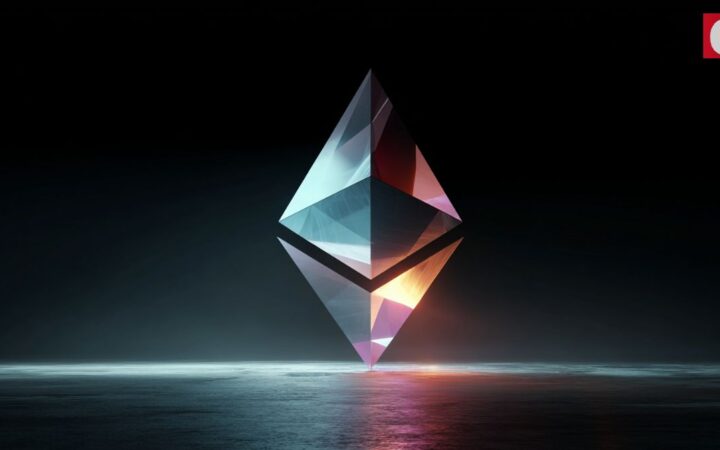
Please check out latest news, expert comments and industry insights from Coinspeaker's contributors.
Radix is the first layer 1 blockchain network specifically designed for DeFi applications. It is capable of executing parallel transactions across shard chains without breaking the atomic composability requirement.

Undoubtedly, DeFi is the hottest topic in the crypto economy at the moment. With assets worth 6.75 billion USD locked in DeFi protocols, the sector has massively increased in size over the course of the last three months. At the same time, several promising new DeFi platforms have emerged and this trend will most likely continue.
All of this has taken its toll on the already overcrowded Ethereum blockchain. Currently, transaction fees on Ethereum are even higher than at the peak of the Cryptokitties craze. While DeFi can be a massive boon for crypto users worldwide, especially the 1.7 billion unbanked adults, the high transaction fees make DeFi protocols unviable for many users.
While there are alternative blockchain networks that offer much better scalability compared to Ethereum, they are not designed with DeFi in mind and are thus inadequate in addressing all the needs of DeFi protocols. Most importantly for protocols to function properly is that interactions with them can be stringed together in an atomic fashion.
Take yearn.finance as an example. This platform enables automatic yield farming across multiple DeFi platforms. This means that, based on the yield farming strategy the platform chooses, it needs to interact with several DeFi protocols at once.
One possible solution to the scalability problem is sharding, which essentially means that multiple blockchains run in parallel. This allows for virtually unlimited scalability, as any DeFi platform or other DApp that accrues a significant amount of transactions can be offloaded into another shard.
The problem with this approach is that it breaks the atomic composability of DeFi interactions, which would however be needed for protocols like yearn.finance to function. If DeFi protocols are scattered across different shards, it is not possible for them to directly interact with each other, without the help of an external bridge that connects their respective shards.
Radix is the first layer 1 blockchain network specifically designed for DeFi applications. Thanks to their Cerberus BFT consensus model, the network is capable of executing parallel transactions across shard chains without breaking the atomic composability requirement.
Additionally, Radix is making fast progress in becoming interoperable with other blockchain networks through token wrapping services. This can potentially bring a plethora of popular digital assets directly onto the Radix ecosystem, where they can be used instantly with any DeFi platforms running on the network.
In the first step towards this goal, Radix has joined forces with Copper as a custodial service partner. Besides managing the proceeds of the upcoming token sale for the Radix ERC-20 token that will be used for staking and transaction validation on the network, Copper will also hold wrapped tokens on the Radix network in custody. For a more decentralized token wrapping solution, Radix has recently joined the Ren Alliance, together with major DeFi protocols such as Aave, Kyber Network and DDai.
Piers Ridyard, CEO of Radix commented on the partnership with Ren:
“We are thrilled to be starting the work of integrating RenVM into the Radix public network, providing another low-friction bridge into the Radix ecosystem. Today, there are over $250Bn of crypto assets, with most of them locked out of DeFi. Ren’s innovations allow us to start unlocking that value, while retaining the trustless and permissionless nature of the underlying assets. We’re very pleased to be working with them to bring these assets to the Radix ecosystem as well.”
To sum it up, Radix is working on a highly scalable sharded blockchain network with atomic composability and blockchain interoperability through both centralized and decentralized token wrapping solutions. This makes Radix a perfectly suitable ecosystem for next-gen DeFi applications.
Disclaimer: Coinspeaker is committed to providing unbiased and transparent reporting. This article aims to deliver accurate and timely information but should not be taken as financial or investment advice. Since market conditions can change rapidly, we encourage you to verify information on your own and consult with a professional before making any decisions based on this content.

Please check out latest news, expert comments and industry insights from Coinspeaker's contributors.




